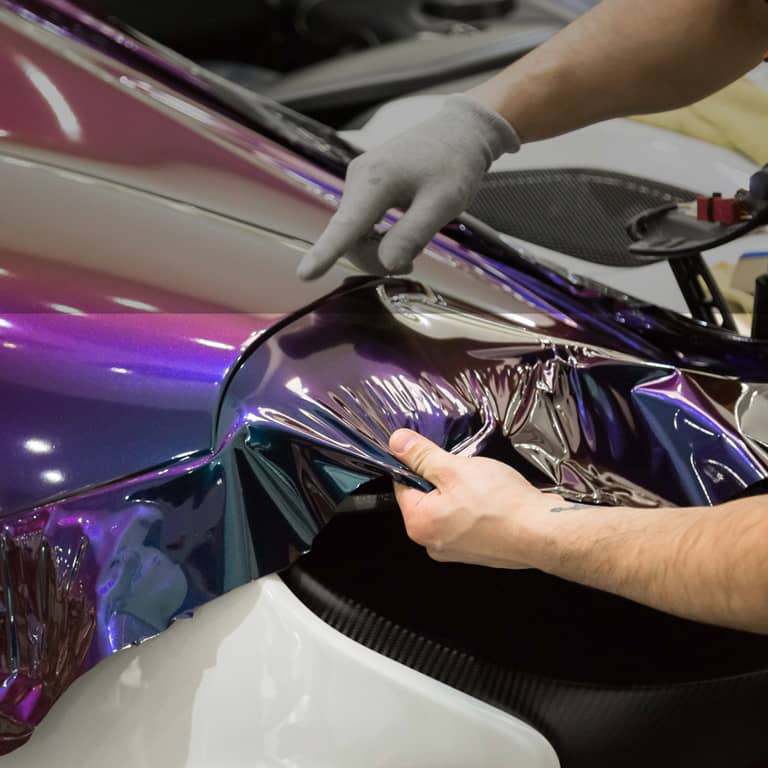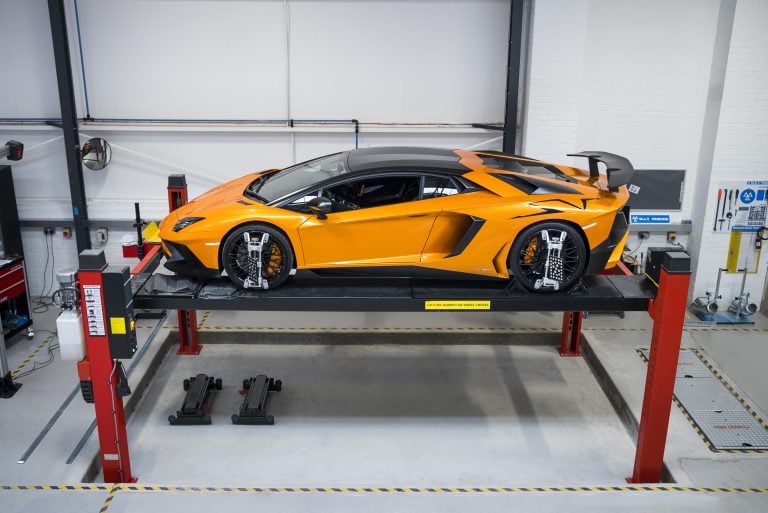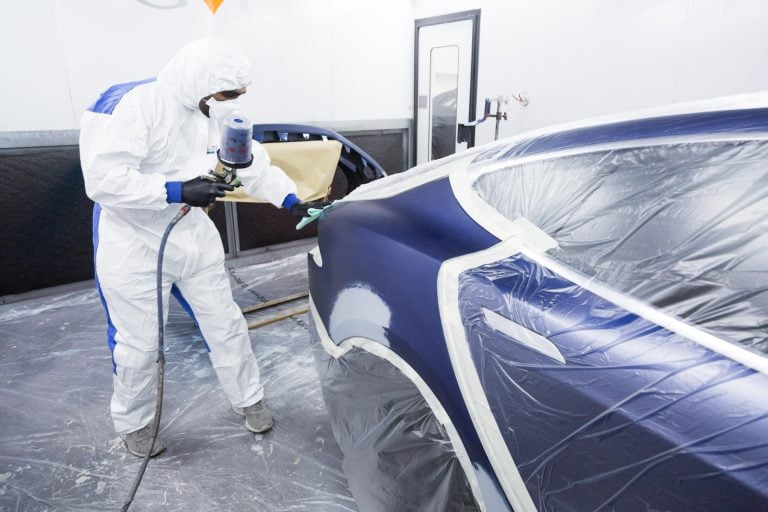- Showroom Case Studies
How to Import a Car from the UK: Step-by-Step Guide | GVE London – Blog
Discover how to import a car from the UK step by step, from choosing the right vehicle to shipping, compliance, and registration in your home country.
The UK’s automotive history is known to all, but perhaps the fact that the majority of English-made cars are exported might be a little surprising. That’s right, our local demand pales in comparison to our international demand. However, it isn’t just locally made cars; though we’ve got plenty of sought-after brands, several internationally built cars are also imported from here. Whatever the reason, whatever the brand you might be exporting, getting it from the UK to your driveway is a process you need to understand in order to properly set your expectations.
Let’s walk through the process, step by step.
Step-by-Step Guide to Importing a Car from the UK
1. Know What You’re Buying
Start by deciding exactly what kind of car you want. Are you importing a luxury car from the UK? Something rare or vintage? If you’re looking at a high-end model, like you’d find inside a supercar showroom, remember to verify the seller, the car’s history, and a full inspection report. You’ll want to check for any damage incurred in the past, outstanding finance, or even modifications that might affect the car’s legality in your home country.
2. Check Import Rules in Your
Some countries are a lot more strict when it comes to the regulations pertaining to importing vehicles from the UK, or any other right-hand driving country for that matter. Every country has their own emissions testing as well as safety standards.
For example, the Australian government is strict about luxury car exports, but read up on all the details and it automatically becomes manageable.
3. Work Out the Total
When importing luxury cars from the UK, it isn’t merely the sticker price you need to manage. If that’s all you’re prepared for, you’re in for a shocker. There are going to be several other added expenses, including but not limited to:
- Shipping fees
- Marine
- Customs &
- Compliance
- Local registration and taxes
Luxury car exports often attract higher import duties, so it’s worth getting a detailed breakdown before you commit.
Read Also: Key Steps and Tips to Navigating the International Vehicle Import Process
4. Pick the Right Shipping
There are several ways to ship a car, but largely speaking, two main ways are used, namely container shipping or roll-on/roll-off (RoRo) shipping.
RoRo is the cheaper alternative because here, your vehicle is barely protected. It is driven on and off the ship, it is latched into place on the ship, and then taken to its destination. It leaves the car open to some minor damage here and there. Container shipping, on the other hand, is the more expensive option because it offers better protection. For luxury car export, it is the smarter option.
5. Final Steps: Compliance and Registration
Once your vehicle clears customs, it’s not quite ready for the road. You’ll probably need to take it to an authorised testing centre for inspection. Each country handles this a little differently.
After that, it’s time to register your car locally. This step may include paying for a roadworthy certificate or obtaining local plates. Once that’s done, you’re all set.
Conclusion
Importing a car from the UK isn’t just something collectors or dealers do. Many individuals do it every year, and yes, it can be totally worth it. Especially if you’re after something special that’s hard to come by locally.
That said, planning is key. Handling all of it solo can be quite the difficult task, so allow us, GVE London, to lend a hand. We’re a supercar showroom that has arguably the best collection of cars in the UK, and we help customers across the globe get their hands on these vehicles. We specialise in high-end vehicles, with equipment and staff ready to perform everything from repair, service, detailing to custom modifications on your vehicle. Contact us today!
Frequently Asked Questions
That depends entirely on your country’s laws. Some countries allow right-hand drive vehicles, but others require costly conversions to left-hand drive before registration.
Usually between 4 to 8 weeks, depending on the destination, shipping method, and how smoothly the customs process goes.
If the vehicle is exported outside the UK, you may be eligible for a VAT refund—provided all export rules are followed. It’s best to confirm this with HMRC before purchase.
Contact Us
"*" indicates required fields
OUR SERVICES

PAINT PROTECTION FILM

WRAPPING

SERVICING









